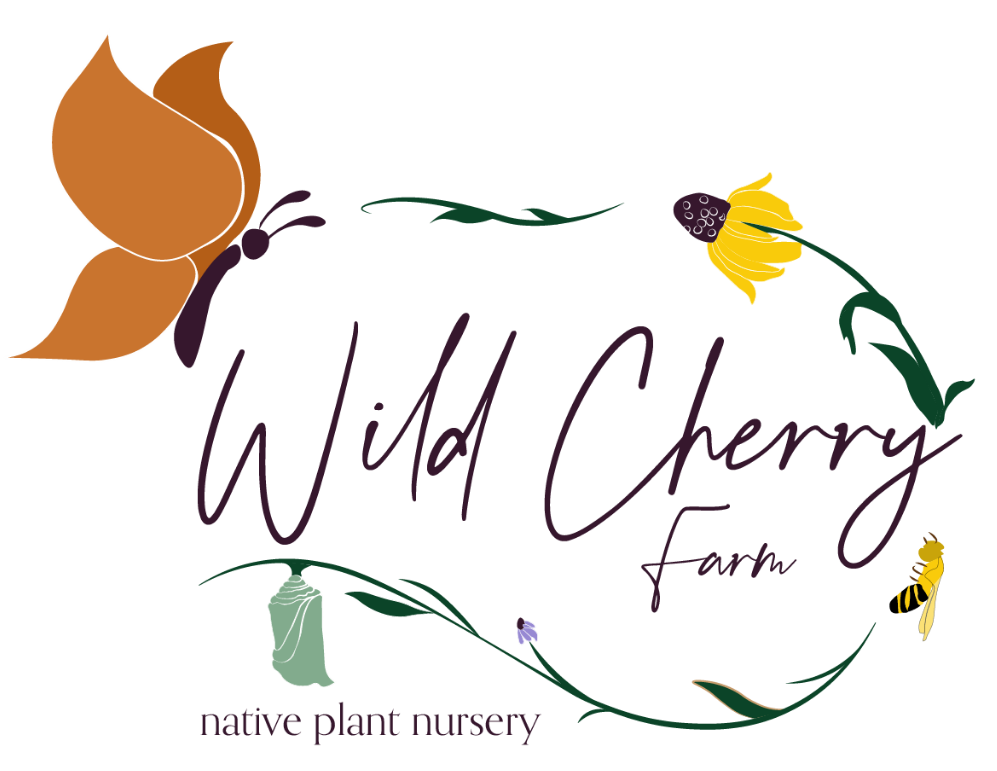Sweet Fern (Comptonia peregrina)
Sweet Fern, not actually a fern, is an attractive, nitrogen-fixing creeping shrub. From what I could gather, it seems to be mostly wind-pollinated, but other sources say it is also bee-pollinated, so it is something to watch for. Either way, Sweet Fern is the host plant for 63 species of butterflies and moths in our area (nwf.org). It seems as though some birds use Sweet Fern’s buds, catkins, and nutlets as a food source. If you are lucky enough to get a colony, it provides a protective cover for many kinds of wildlife (illinoiswildflower.info).
Photo credit: Homer Edward Price
Sweet Fern, not actually a fern, is an attractive, nitrogen-fixing creeping shrub. From what I could gather, it seems to be mostly wind-pollinated, but other sources say it is also bee-pollinated, so it is something to watch for. Either way, Sweet Fern is the host plant for 63 species of butterflies and moths in our area (nwf.org). It seems as though some birds use Sweet Fern’s buds, catkins, and nutlets as a food source. If you are lucky enough to get a colony, it provides a protective cover for many kinds of wildlife (illinoiswildflower.info).
Photo credit: Homer Edward Price
Sweet Fern, not actually a fern, is an attractive, nitrogen-fixing creeping shrub. From what I could gather, it seems to be mostly wind-pollinated, but other sources say it is also bee-pollinated, so it is something to watch for. Either way, Sweet Fern is the host plant for 63 species of butterflies and moths in our area (nwf.org). It seems as though some birds use Sweet Fern’s buds, catkins, and nutlets as a food source. If you are lucky enough to get a colony, it provides a protective cover for many kinds of wildlife (illinoiswildflower.info).
Photo credit: Homer Edward Price
Life Cycle: Perennial
Sun Exposure: Full-Partial shade
Soil Moisture: Medium/wet-Dry
Height: 1-3 feet
Plant Spacing: 2-3 feet
Bloom Time: April-June
Bloom Color: Greenish
Advantages: Caterpillar Favorite, Bird Favorite
Host Plant: 63 species of butterflies and moths use this as a caterpillar host plant in our area (nwf.org)






